- What is a Plexi?
- The Birth of Marshall
- Getting Louder
- Hot-Rodded Plexis
- Modern Alternatives
- Plexi Sound in a Box!
- F.A.Q
- Want to Learn More?
When I asked a colleague here at Andertons “what is the Plexi sound?”, he said “Van Halen I” — which brought up an interesting point. I think of the Plexi sound as Hendrix through his Fuzz Face or Clapton on the “Beano” album with John Mayall and The Bluesbreakers. So, what is the Plexi and is there a definitive Plexi sound?
Watch our video about our favourite guitar amplifiers that are inspired by the classic JTM sound – Click Here to find out!
What is a Plexi?
The Plexi gets its name from the early Marshall amps that used a plexiglass front panel during the ‘60s, before this was replaced by brushed metal in 1969. So really, when we talk about the Plexi, we mean early Marshall amps.
The Birth of Marshall
Jim Marshall was a drummer and London music store owner. The store built a reputation amongst guitarists such as Jimmy Page, Pete Townshend and Ritchie Blackmore, all looking to get their hands on rare Fender amps from across the pond.
In the early ’60s, Fender amps were expensive to import, so in 1962 Marshall decided to start building his own guitar amplifiers to replicate the Fender Tweed Bassman. However, due to the availability of components, he ended up making something that sounded quite different – The JTM45! This was the first Marshall amp, and one of the most iconic. It used KT66 power valves (or tubes, depending on your persuasion) compared to the 6L6 valves of the Bassman, and higher gain ECC83 preamp valves, that the 12AY7s of its American cousin.
These changes resulted in more amp distortion, which became an increasing trend in the early days of British Rock and Roll. These JTM45s got into the hands of Eric Clapton, Jimi Hendrix and Paul Kossoff, and created the famous “British Sound”.
Getting Louder
The Plexi sound is synonymous with incredible volume and crunchy overdrive, as guitarists of the ’60s cranked the sound to achieve more distortion. For me, the quintessential Plexi sound is a JMT45 turned up to 10, as heard from Clapton on the “Beano” album. (Rumour has it that you can switch a guitar amp up to 11, but we’ve never seen it.)



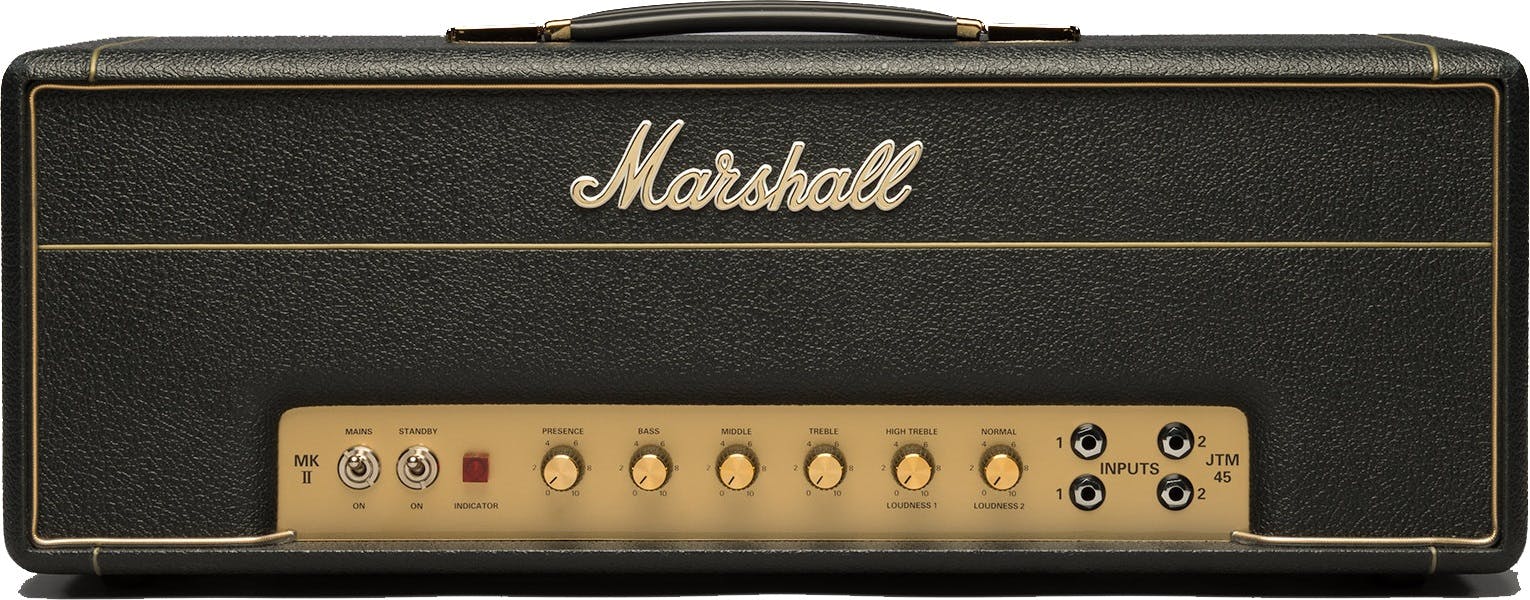
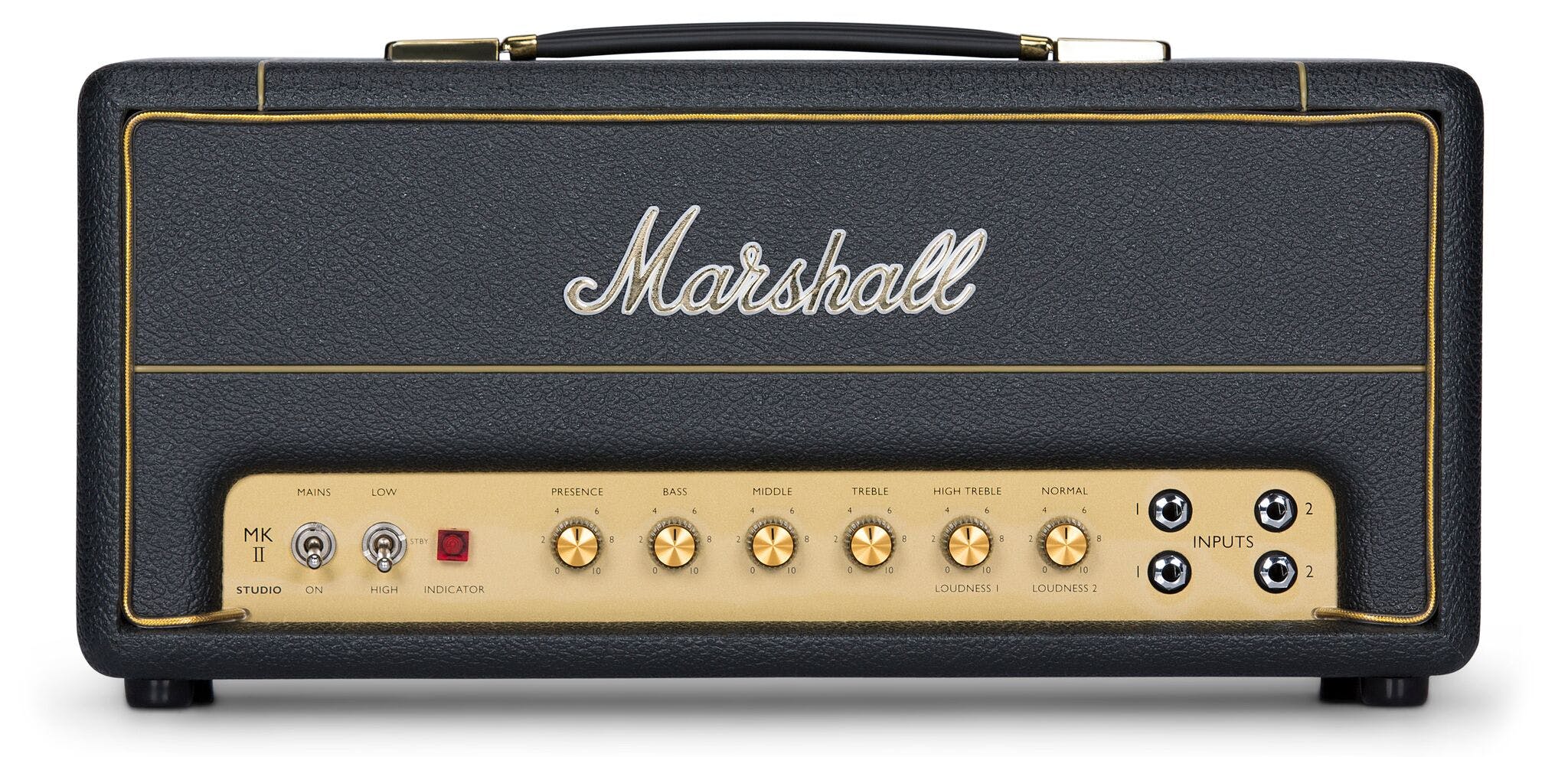
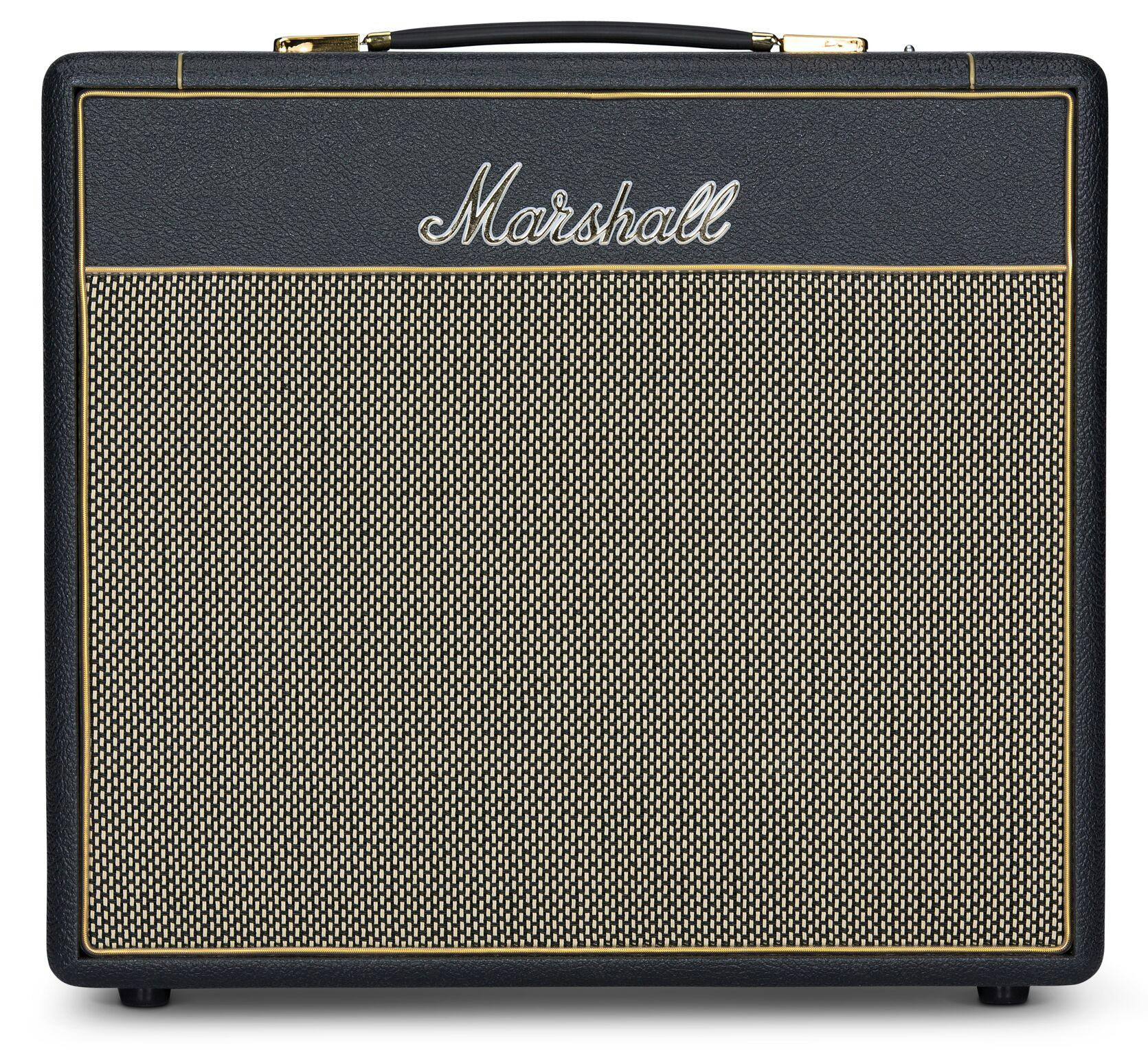
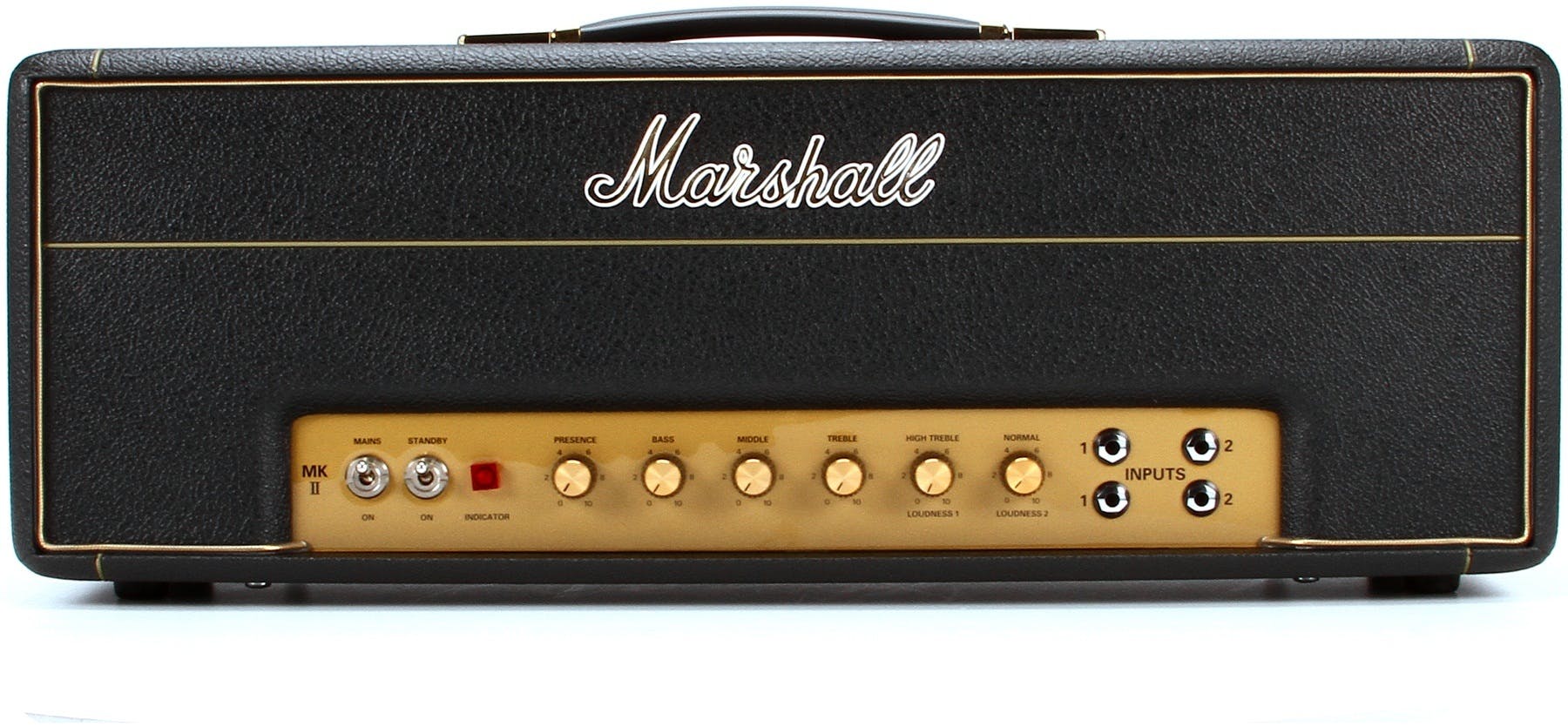
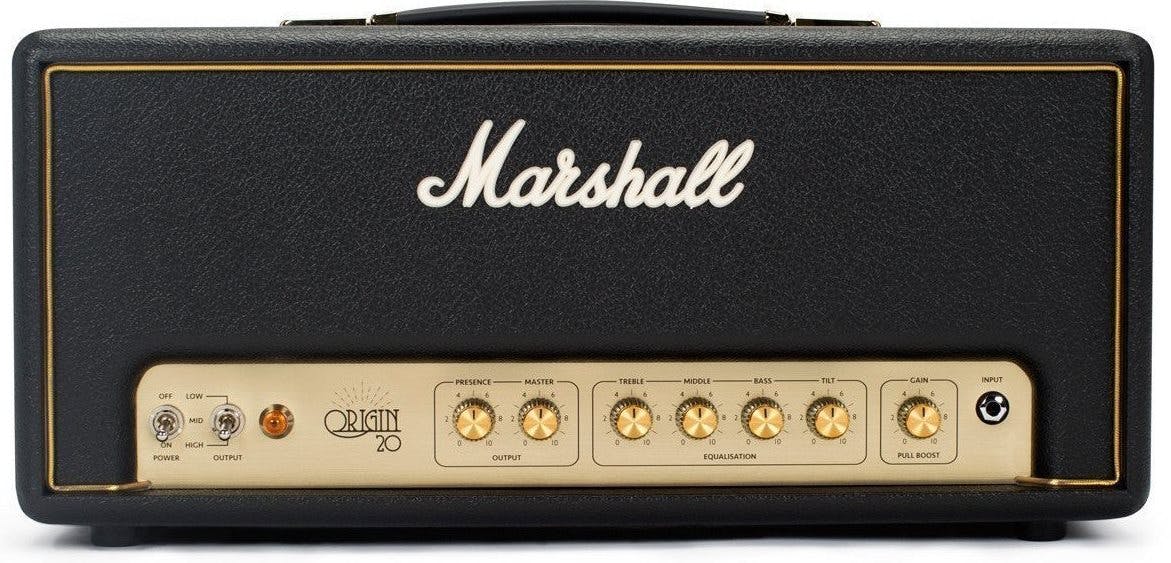
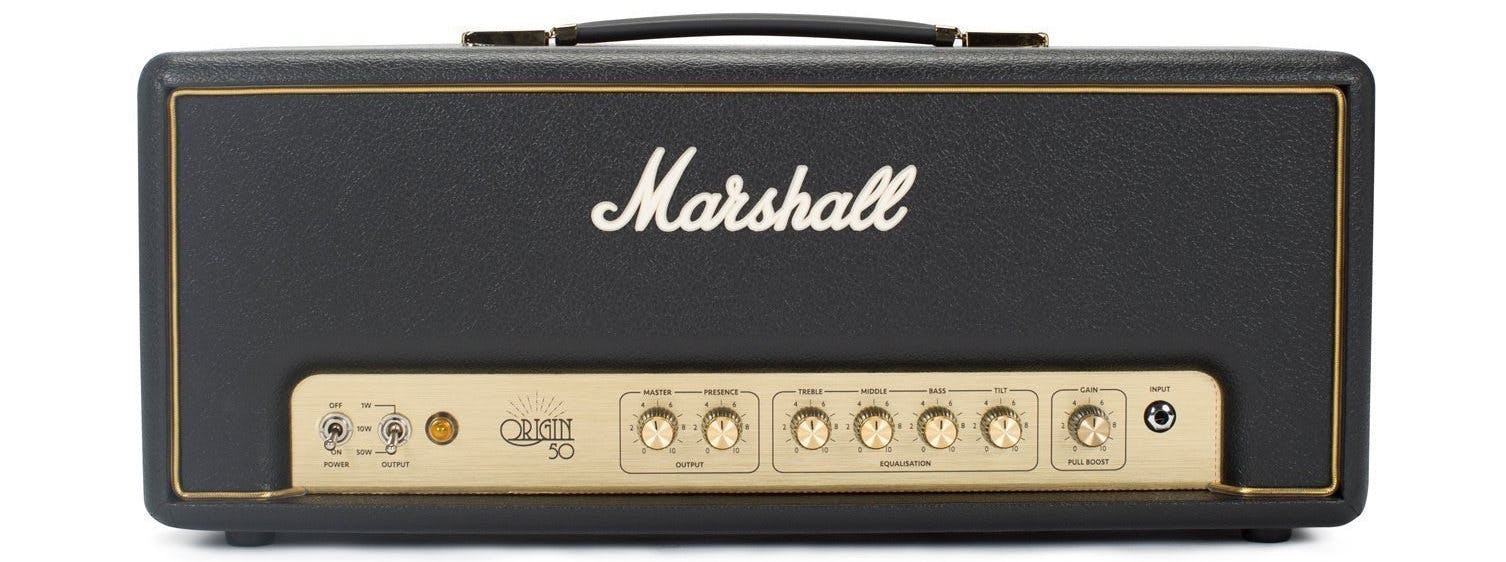
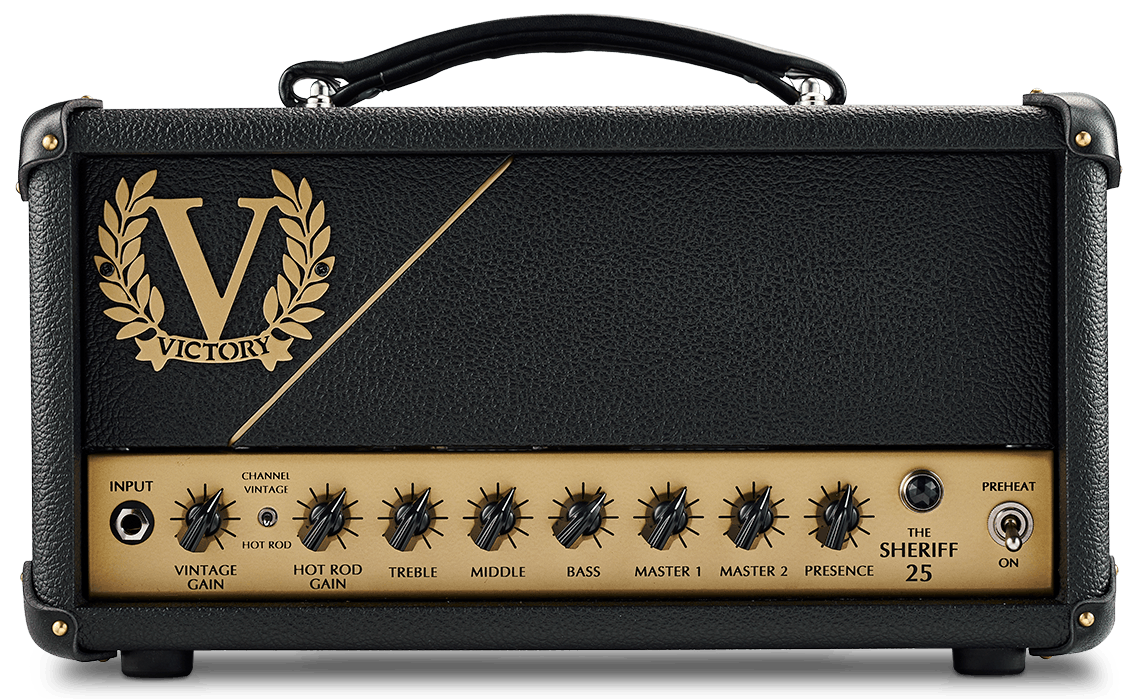
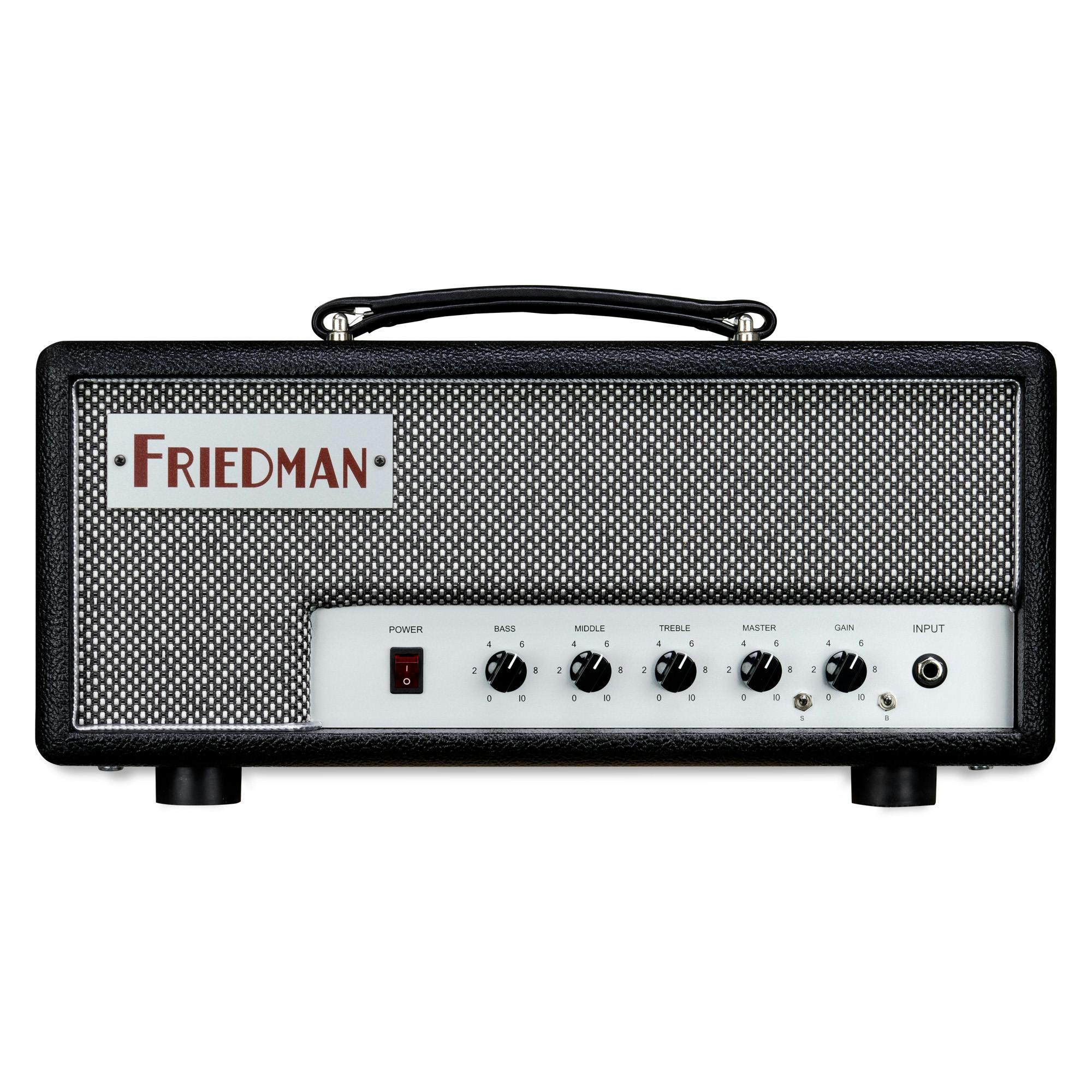
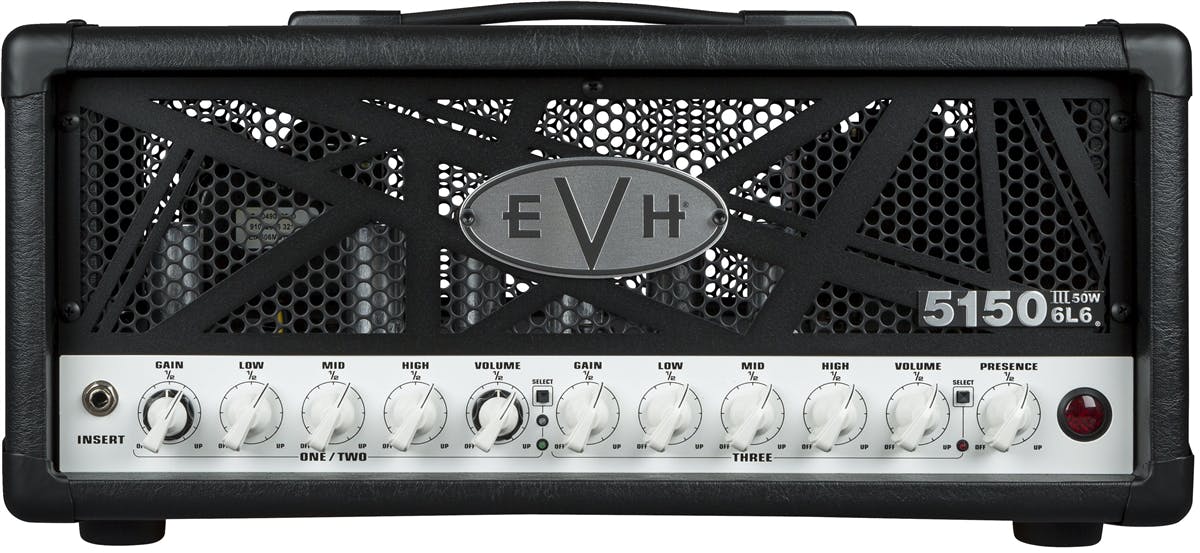
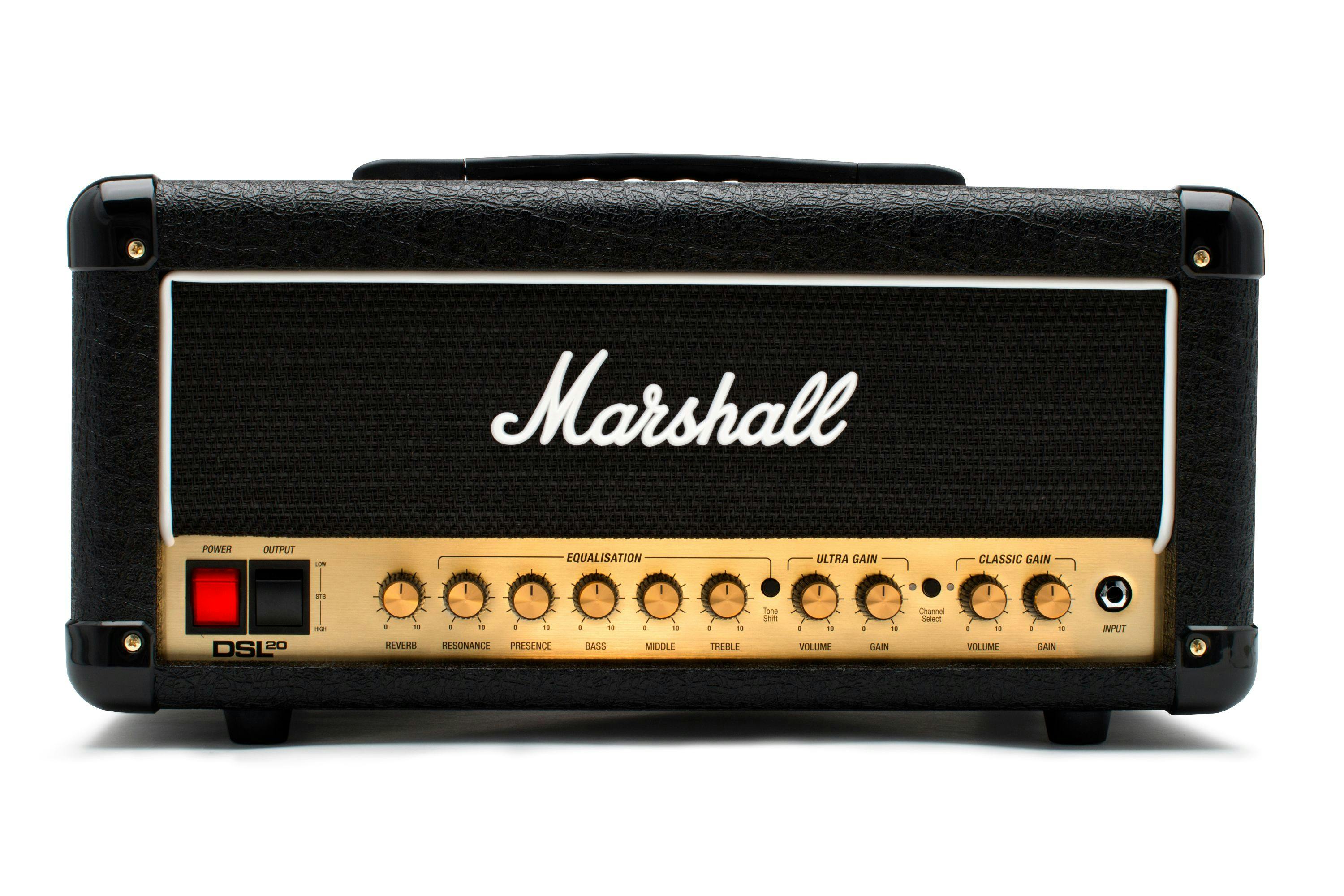
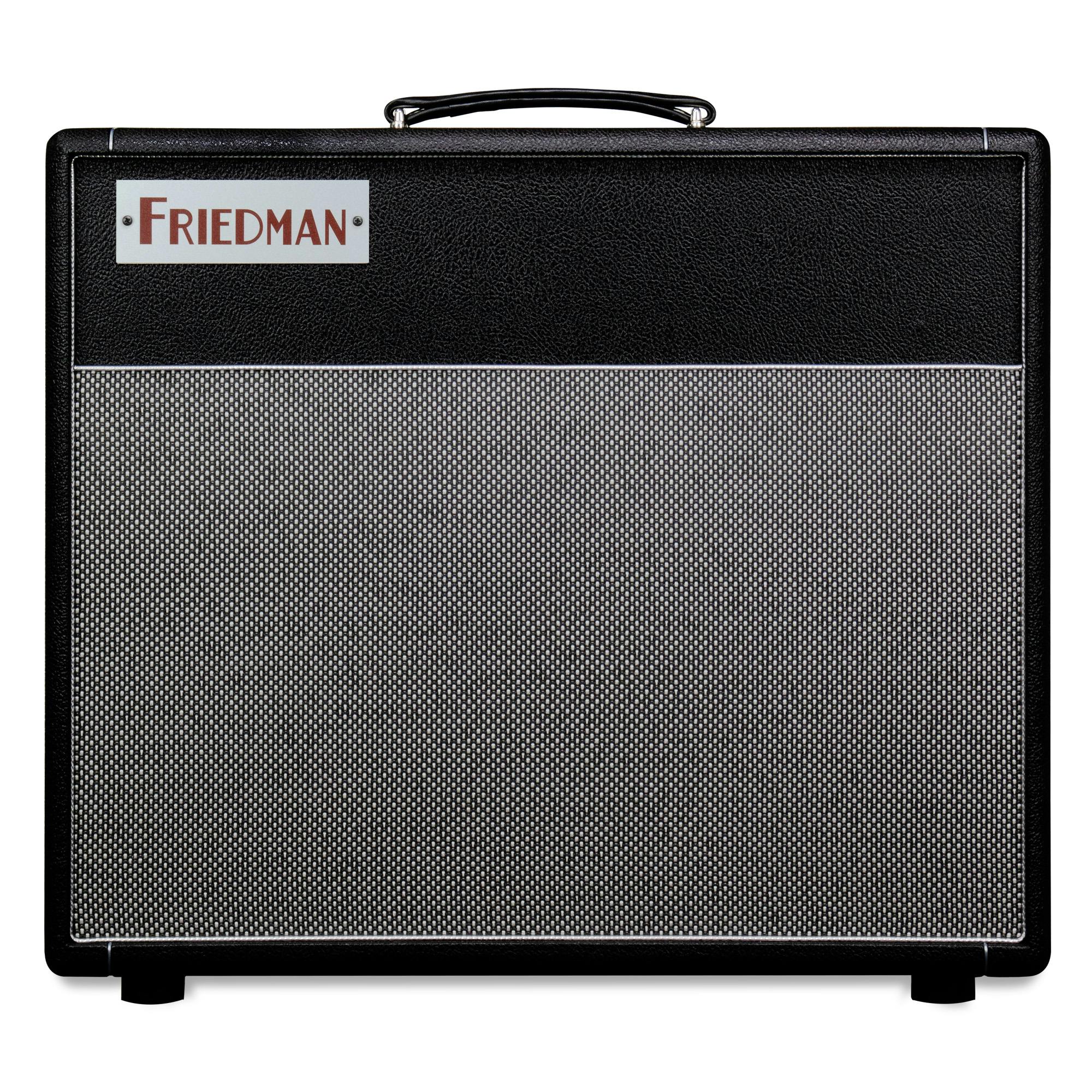
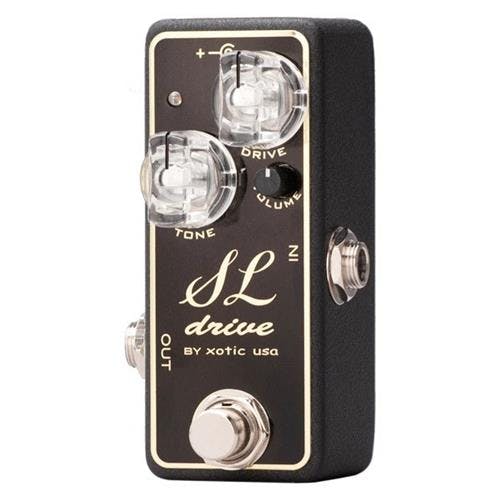
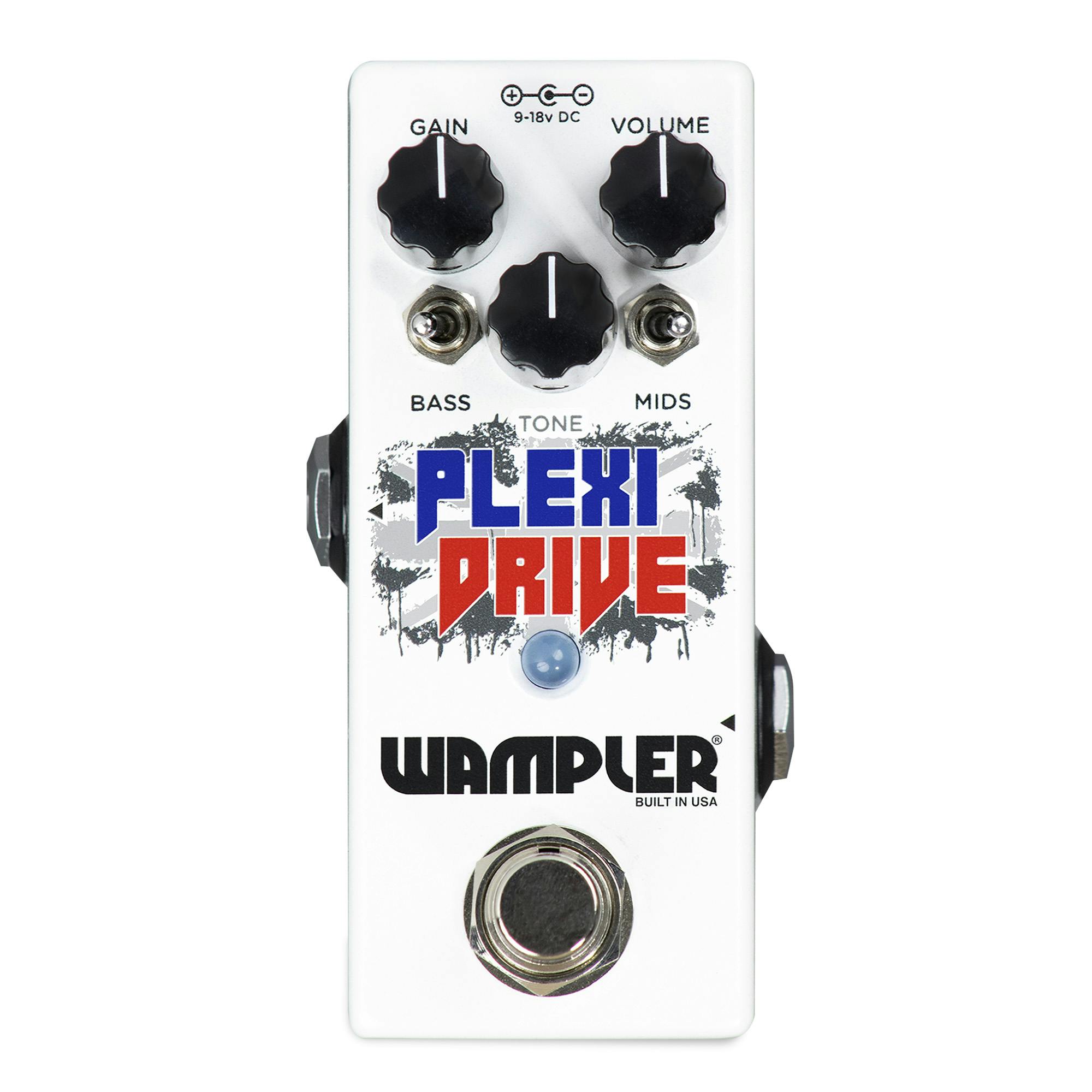
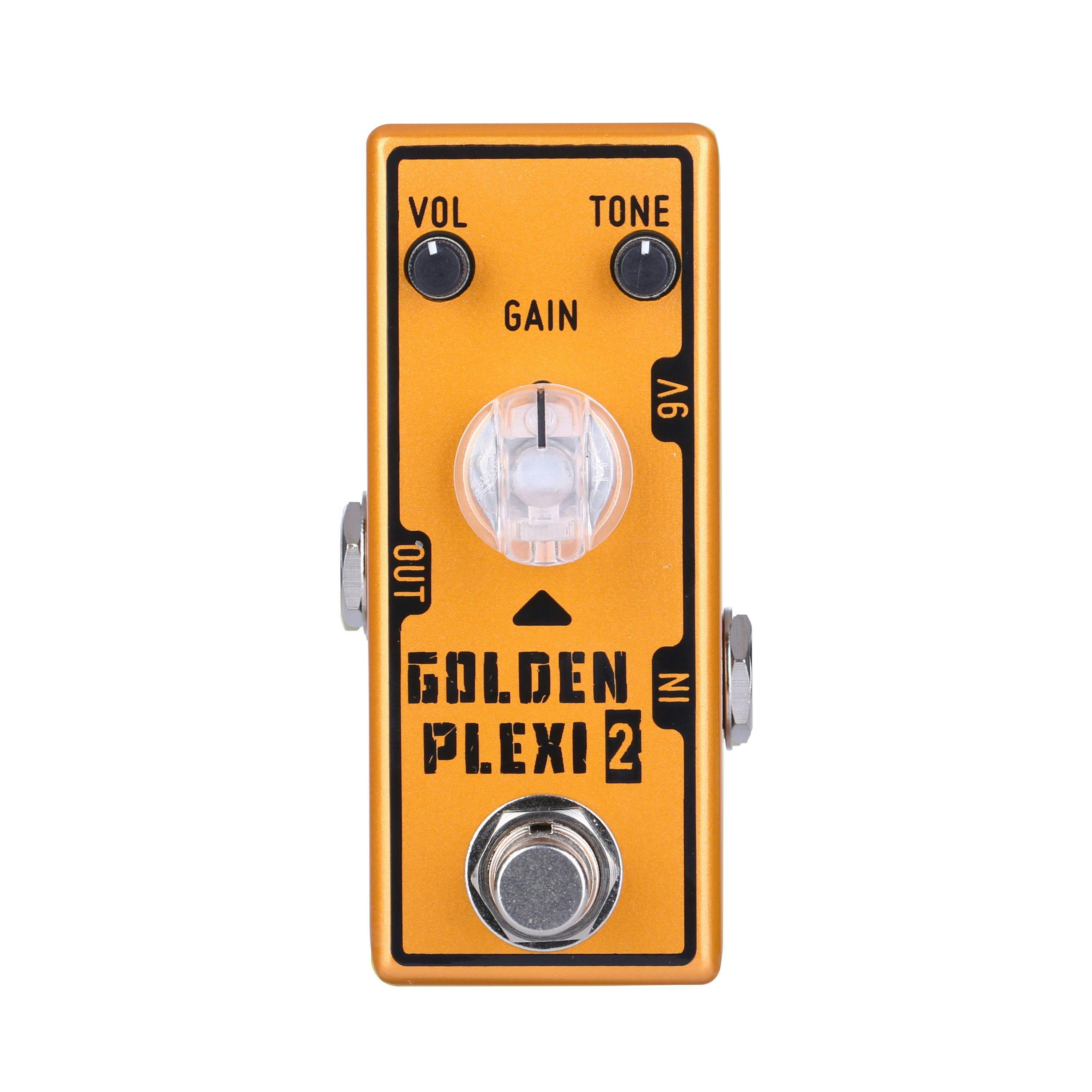
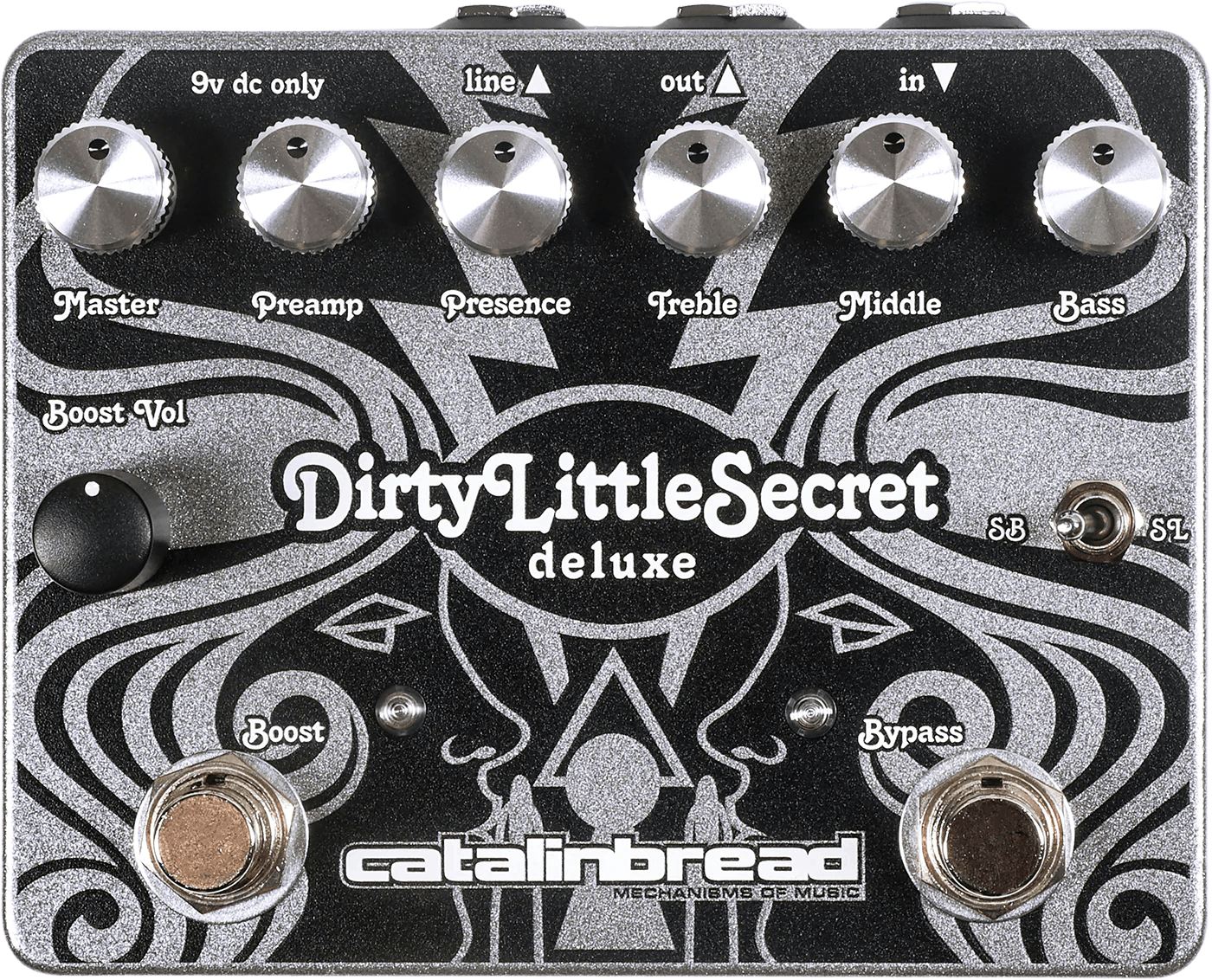
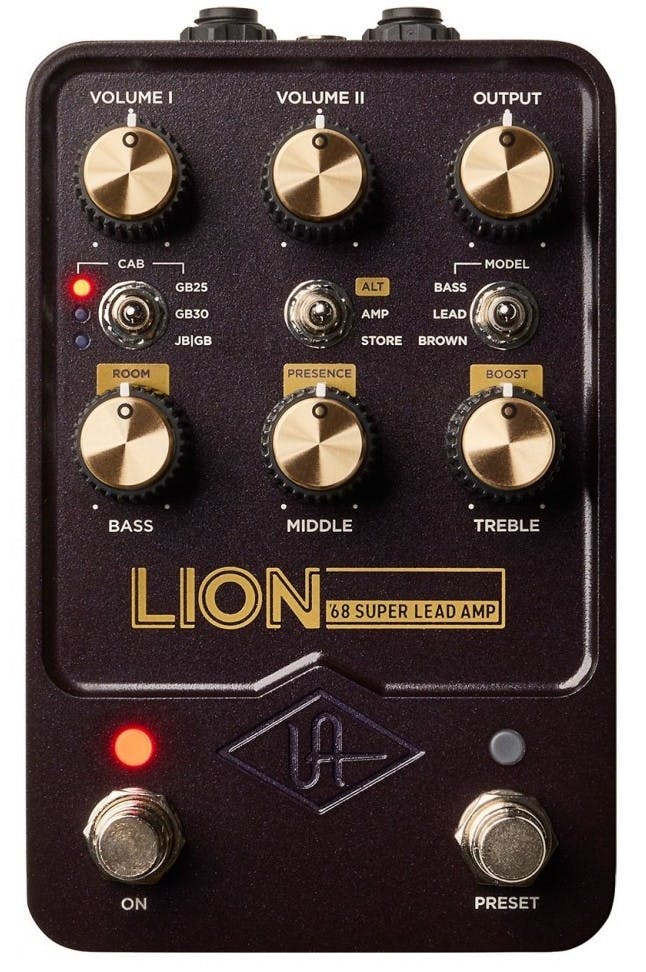
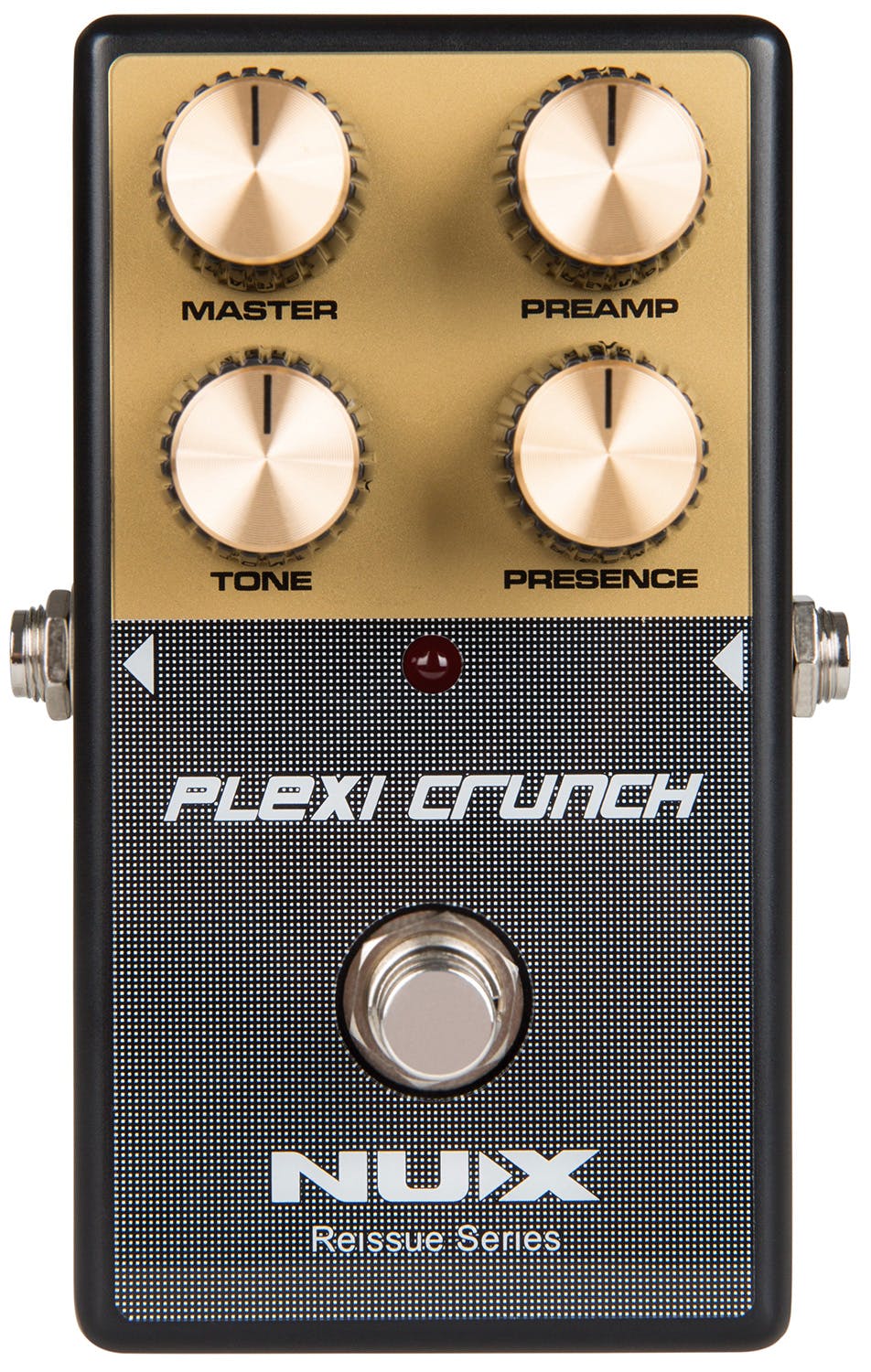
Responses & Questions